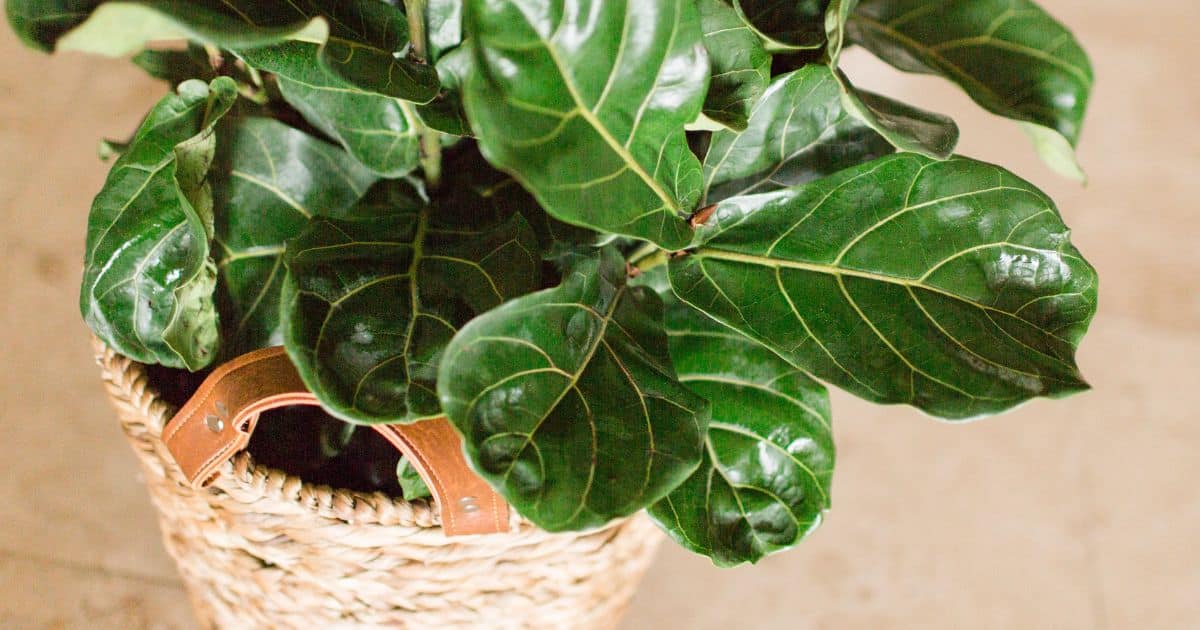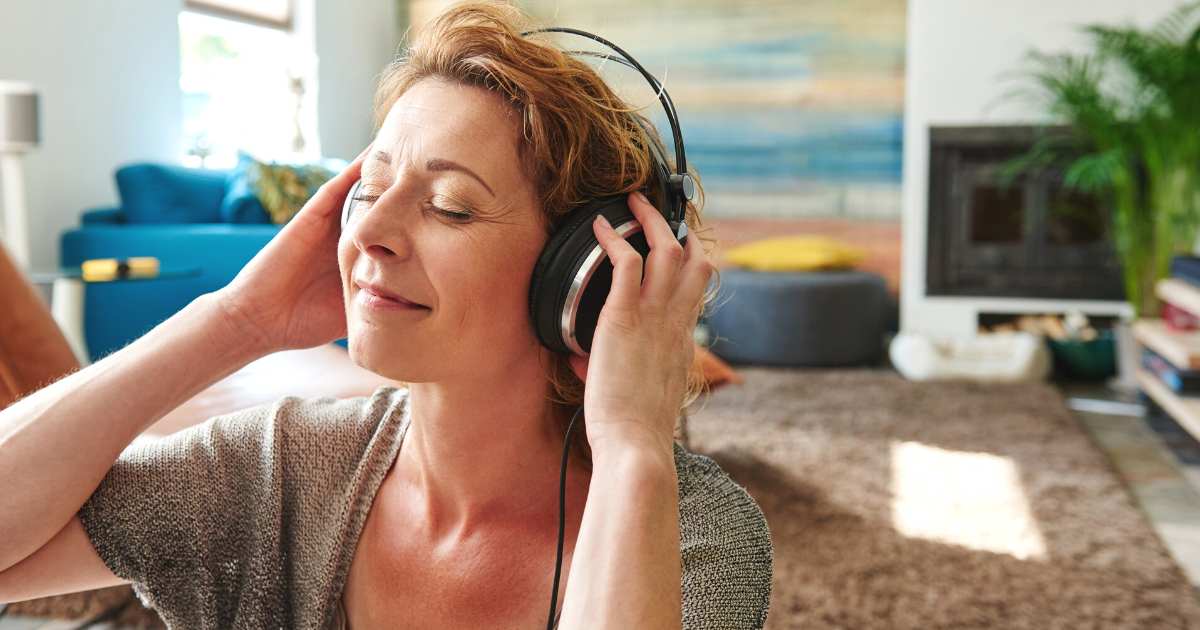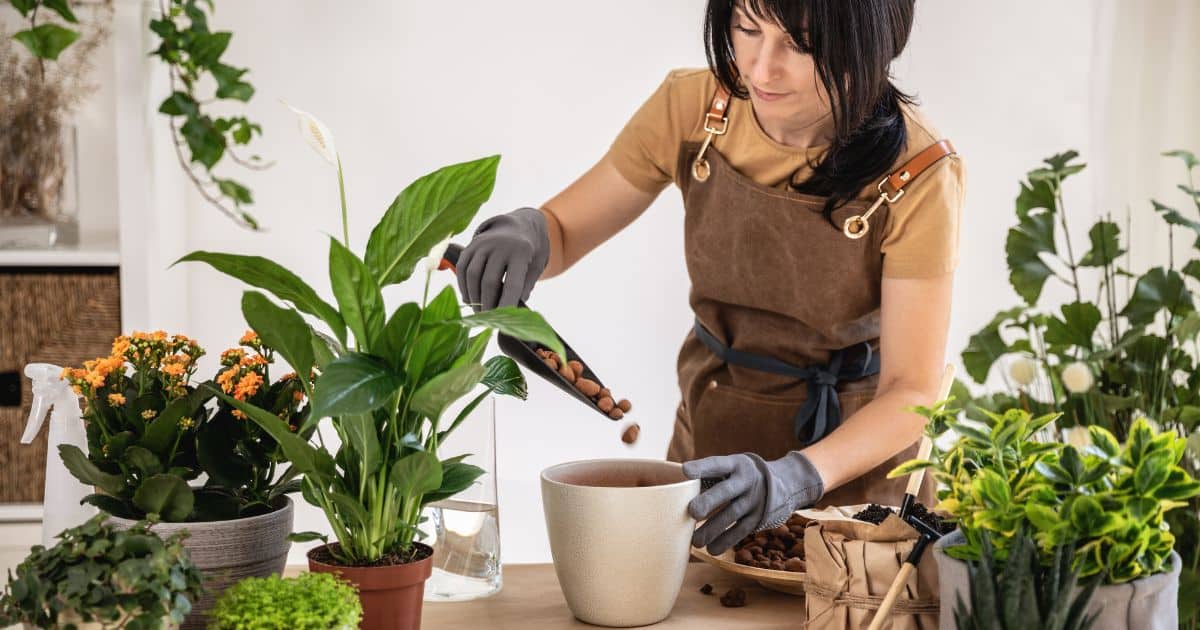10 Essential Houseplant Tips for New Plant Owners
Hello and Welcome to my comprehensive guide to essential houseplant tips for new plant owners!
In this article, I will be sharing valuable tips and expert advice (yep! I’m a bit of a plant expert if I do say so myself!) to help you nurture thriving houseplants with confidence and success.
Whether you’re a beginner in the world of houseplants or looking to enhance your green thumb skills, you’ve come to the right place.
From watering techniques to light requirements and everything in between, I’ve got you covered with essential houseplant tips for beginner plant owners.
Let’s dive in and turn your home into a thriving oasis of lush foliage!

If you are a new plant owner, there are a few things to know before you start. These houseplant tips for beginners can help no matter what kind of plant you decide to get.
Benefits of Plants In Your Home
There are some fantastic benefits to having natural plants in your home.
Houseplants can filter and purify the air, which is why it feels like you get better oxygen when you have plants in your home.
They also do a great job at boosting your mood and just making you feel happier.
Plus, caring for them can become a way to practice self-care, as it helps you feel more in touch with nature. It’s good to nurture living things.
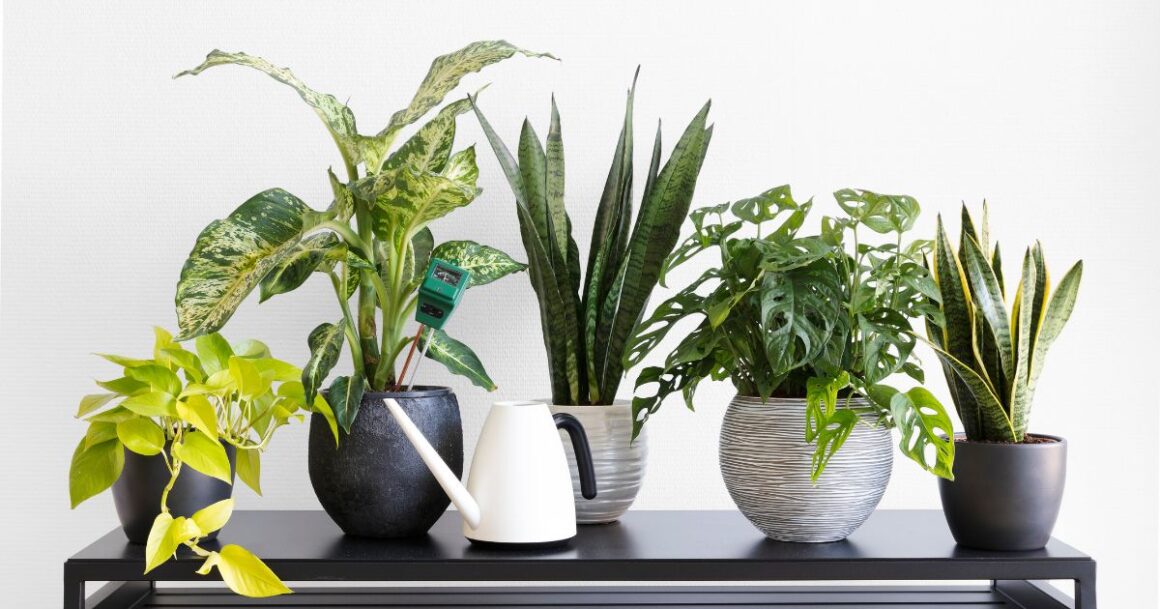
10 Houseplant Tips for New Plant Owners
1. Do Some Research Before You Buy Houseplants
My very first tip for new plant owners is to take a little bit of time to research plants before purchasing.
It is tempting to pick out the cutest houseplant you can find at the nursery, but each plant requires a different level of care.
If you are a new plant owner, you may want to search out low-maintenance plants.
In time, you can start getting plants that require more care but to start, choose from the houseplants that are easy to care for inside your home.
The Best Plants for Beginners:
- ZZ Plant (Zamioculcas Zamifolia)
- Snake plant
- Photos
- Wandering Jew Plant (Tradescantia Zebrina)
- Spider plant
- Peace lily
- Monstera
- Aloe vera
Related article: Easy-Fast Growing Houseplants
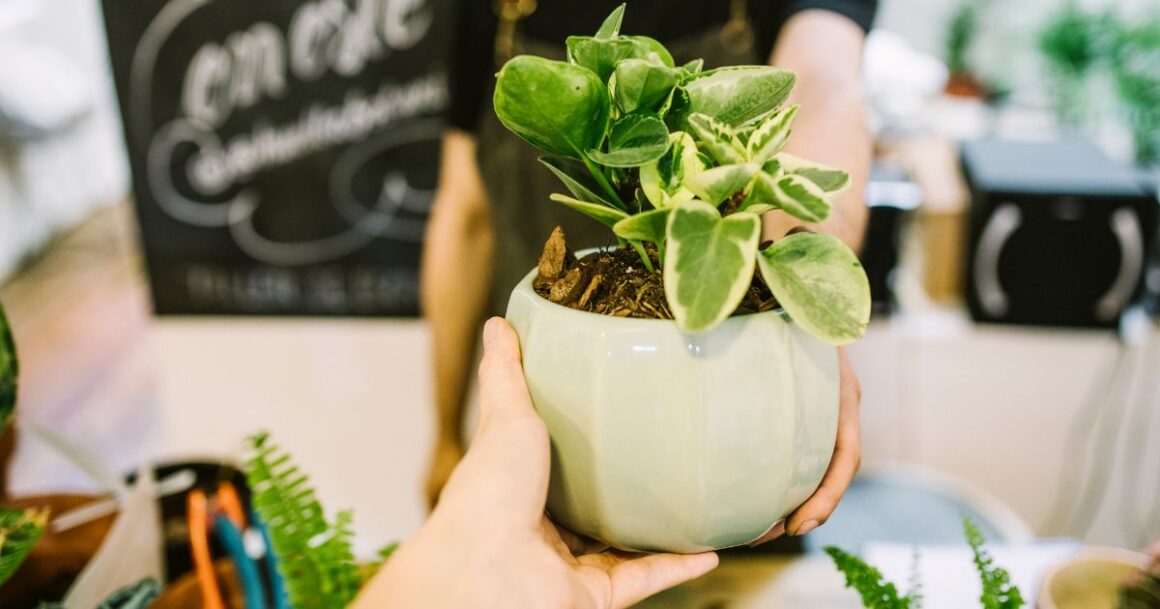
2. Houseplant Placement is Key!
Many people overlook this houseplant tip. Where you put your plant in your home is essential.
Regarding plant placement, there are a few things to consider:
- How much light does the plant need?
- Does the plant tolerate drafts? What about high-traffic areas?
- Is the plant poisonous for humans and or pets?
- Is the plant a vine or a tall growing plant? Some plants are great for bookshelves, and some are better for floor/ corners.
Plants That Don’t Need Much Light
If you live in an apartment or your home doesn’t get a lot of direct, natural sunlight, you can look for houseplants that don’t require as much light. Here are a few suggestions for low-light plants.
Low-light Plants:
- Devil’s ivy
- Weeping fig tree
- Spider plant
- Pothos
- Calathea
- Snake Plant
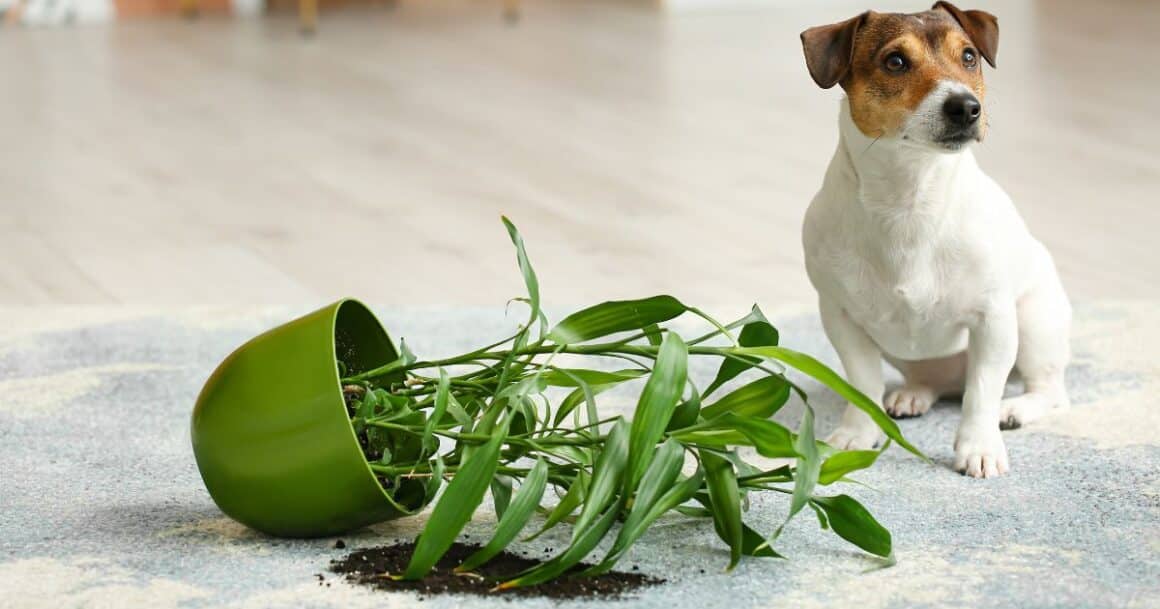
3. Monitor Humidity Levels
Indoor environments often have lower humidity levels than plants prefer.
Increase humidity by misting your plants regularly, placing a tray of water near them, using a humidifier, or using a plant care app to track humidity levels, especially during the dry winter months.
Related: The Best Plant Humidifiers
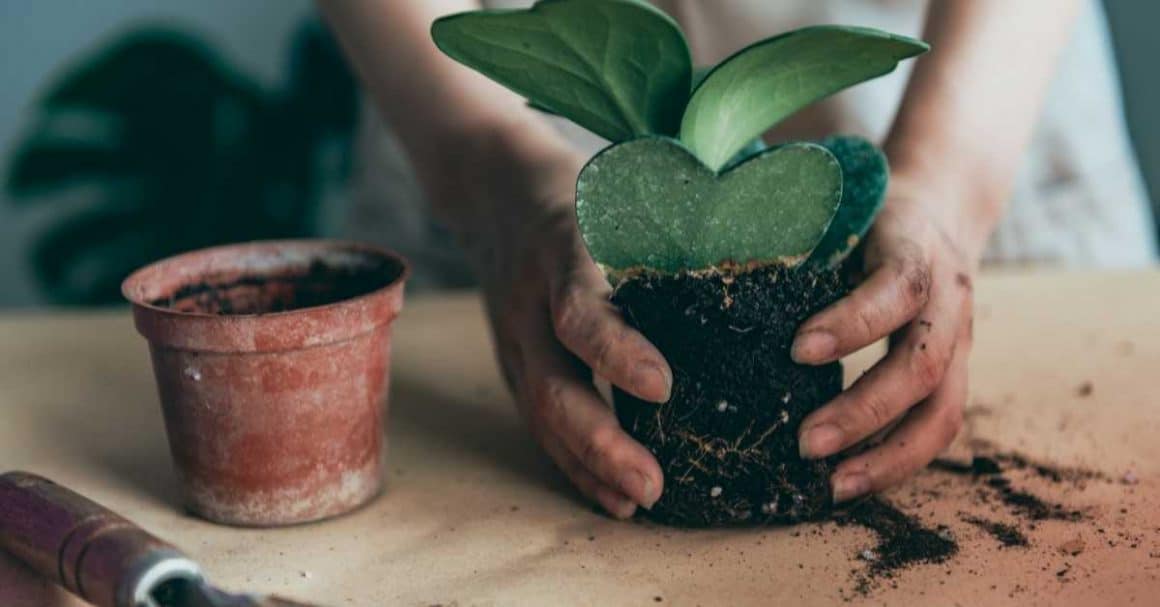
4. Don’t Repot Houseplants Right Away
New plant owners don’t realize that your plants need to acclimate to your indoor home environment.
They have been in the nursery’s environment, likely a greenhouse, for a while, so it’s not going to immediately adjust to the change in light and temperature of your home.
Keep your new plant in the nursery’s pot for a few days or up to a week before moving it to the cute pot you picked.
When you choose a new pot for your houseplants, choose one made of porous materials, which will improve how well it drains when you water the plant.
Some more porous pots include those made of ceramic, wood, and earthenware.
Make sure the pot has holes in the bottom for drainage.
Repotting Tips for New Plant Owners:
- Make sure you have the suitable soil
- Purchase a pot that’s the right size
- Make sure the pot has proper drainage
More Articles on Houseplants
- The Best Fertilizer for Indoor Plants
- The Best Plant Care Apps
- The Best Humidifiers for Plants
- The Best Water for Indoor Plants
- Fast Growing Houseplants for Beginners
- Best Indoor Plants for Arizona
- How to Get Rid of Fungus Gnats
- What is LECA and How to Use it
- Propagating Plants in Water
- How to Make Homemade Fertilizer
5. Choose Your Soil Based on the Type of Plant
For most houseplants, an all-purpose potting mix for indoor plants should work well enough.
However, if you are growing succulents or cacti in pots, you want to get a mix specifically for these varieties of plants. They often include denser and more alkaline materials.
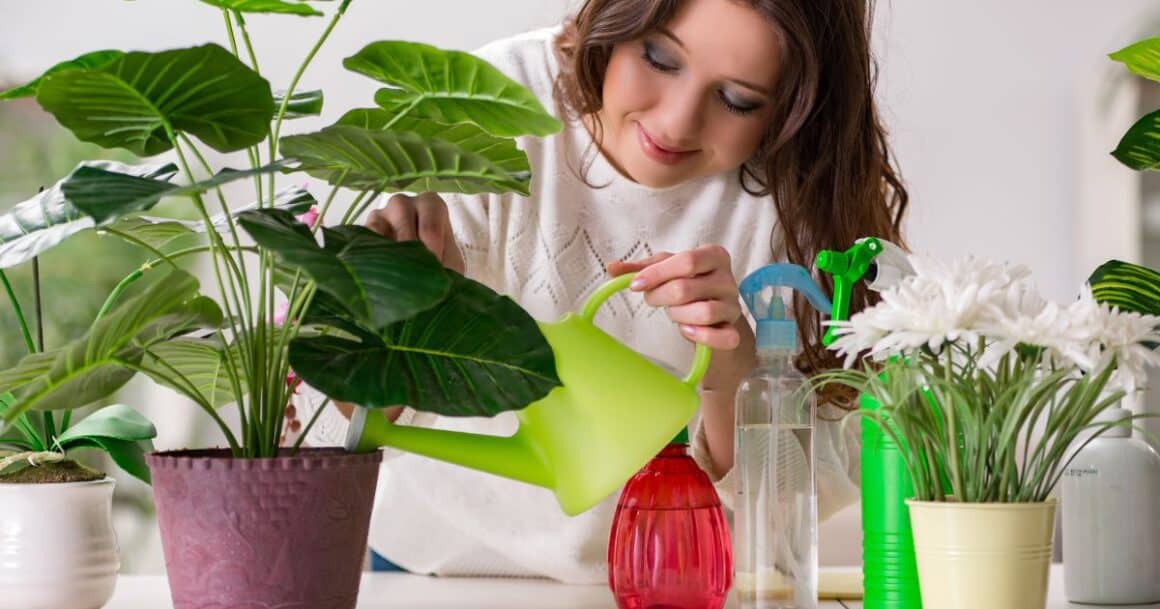
6. Feed Plants with a Quality Plant Fertilizer
If you want to keep your plants healthy and looking beautiful all year long, you need to use the best fertilizer for houseplants.
As a general rule, I feed my houseplants every two weeks.
Related article: The Best Plant Fertilizers
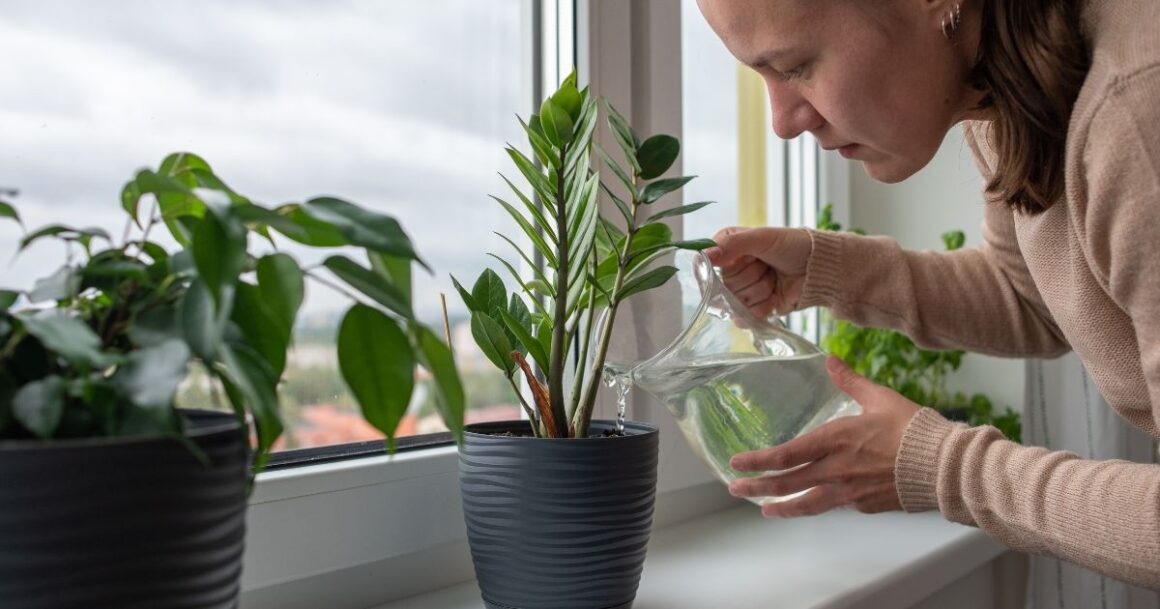
7. Establish a Watering Routine
Develop a consistent watering schedule based on the needs of your plants. Water thoroughly when the top inch of soil feels dry, but avoid overwatering, as it can lead to root rot.
It is generally better to slightly underwater houseplants than to overwater them.
It can be tempting to constantly look at your plant and assume it needs to be watered again, but this is a mistake.
An excellent way to start with watering is to fill up the pot to about a quarter of its volume in water, then let the water naturally drain out.
For example, succulents tend to need the least amount of watering, about every two weeks.
Aloe, peace lily, and snake plants all do well with watering about every 10-12 days, while plants like spider plants and palms need watering about once a week.
Check out my article about the best type of water to use when watering your houseplants. 🙂
8. Pay Attention to the Leaves
The leaves of your houseplants can tell you a lot about the overall health of your houseplant.
If you aren’t sure if you are watering your plant often enough, the leaves on your plant will tell you.
When your leaves are wilting and getting dry, it is typically a sign that you must water your plant a little more often.
Remove these leaves from the plant with some pruning shears.
On the other hand, if the leaves are brown at the tip but seem damp and weak, you might be watering your plant a little too much.
You can also look for damage from possible insects as a sign that you need to address that issue.
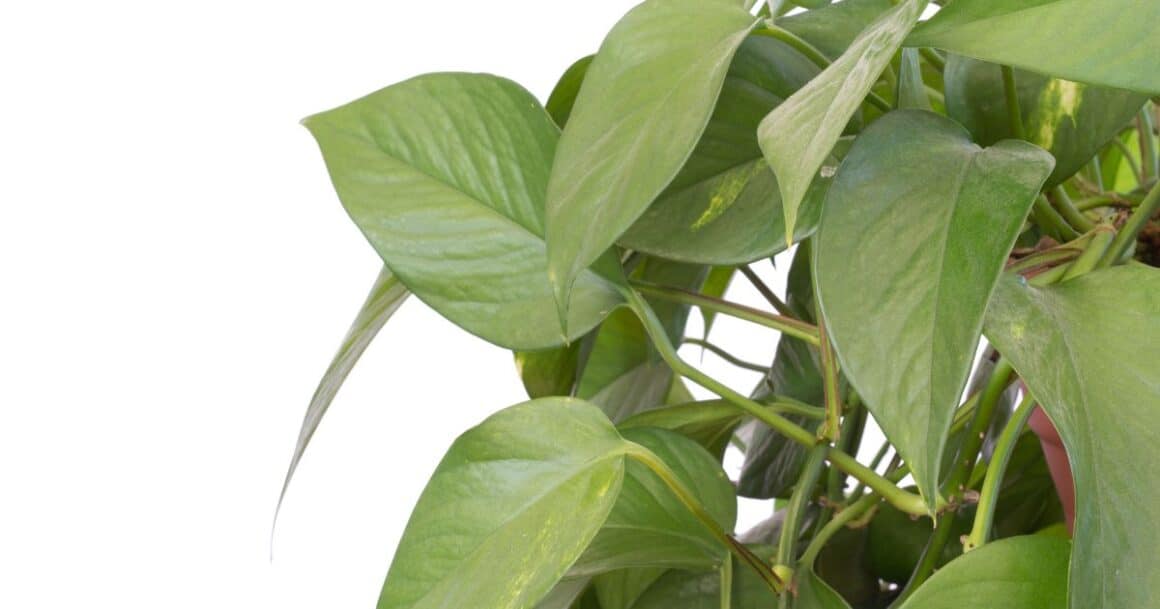
9. Be on the Lookout for Insects and Pests
Keep an eye out for common houseplant pests like aphids, spider mites, fungus gnats, and mealybugs.
Regularly inspect the leaves, stems, and soil for signs of infestation, such as discoloration, webbing, or sticky residue.
Treat infestations promptly to prevent damage to your plants.
Related article: How to get rid of Fungus gnats
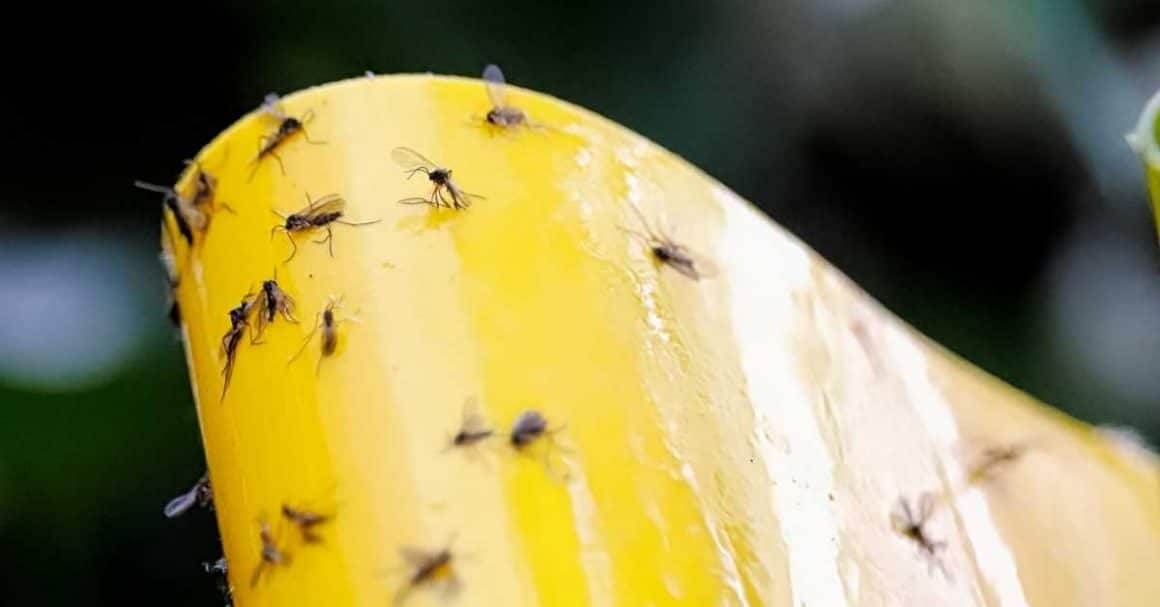
10. Use a Plant Care App
Want a green thumb? There’s an app for that! 🙂
You can use a plant care app to track watering schedules, fertilizing routines, and other care tasks. Many apps provide personalized reminders and tips based on your specific plants, and other care tasks.
Most plant care apps provide personalized reminders and tips based on your specific plants, helping you stay organized and ensure your plants receive the best care possible.
Here are a few to check out:
Planta: Garden Planner & Tracker
Planta is a comprehensive plant care app that helps users track watering schedules, light requirements, and fertilizing routines for their indoor and outdoor plants.
It offers personalized care tips based on the specific needs of each plant and provides reminders to ensure plants receive proper care.
Planta also features a plant encyclopedia with detailed information on various plant species.
SmartPlant: Plant Care & Identification
SmartPlant is an all-in-one plant care app that offers plant identification, personalized care advice, and a digital journal for tracking plant growth.
Users can take photos of their plants to identify them and receive expert recommendations on watering, light, temperature, and humidity requirements.
Gardenia: Plant Care & Identification
Gardenia is a user-friendly plant care app that helps users keep track of their indoor and outdoor plants care routines.
It offers plant identification using photos, personalized care advice, and reminders for watering, fertilizing, and repotting.
Gardenia also provides a plant database with detailed information on thousands of plant species, including their light, water, and temperature preferences.
Related: The Best Plant Care Apps
FAQs: Tips for Newbie Plant Owners
How often should you water your houseplants?
Water once the top inch of soil is dry, typically around once a week, adjusting based on your plant’s needs.
How much sunlight do houseplants need?
Provide bright, indirect sunlight by placing them near a window. Research your plant’s specific light requirements.
How can you prevent pests from infesting your houseplants?
Regularly inspect plants, maintain their health, and promptly treat with insecticidal soap or neem oil if pests appear.
What should you do if your houseplant leaves turn yellow?
Check watering, soil, and pests. If necessary, repot and prune affected leaves.
How can you promote growth and encourage your houseplants to thrive?
Fertilize during the growing season, prune for shape, and rotate plants for even light exposure.
Are Some Houseplants Toxic for Pets?
While dogs typically can’t jump up as high as cats can, you also need to be concerned about plants that are toxic to them.
But cats are especially at risk because they can jump just about anywhere in your home and sniff the plant.
Either don’t include these toxic houseplants if you have cats or keep them in a place your cats can’t get to:
Plants that are toxic for dogs and cats:
- Aloe vera
- Peace lily
- Pothos
- Sago palm
- Jade plants
Can you propagate your houseplants, and how?
Research propagation methods, take cuttings or divisions, and provide suitable growing conditions.
What is the best way to repot your houseplants?
Select a slightly larger pot with drainage holes, loosen roots during repotting, and water thoroughly afterward.
How do you know if your houseplant needs pruning?
Look for signs like leggy growth or yellowing leaves. Prune to shape and encourage healthier growth.
What should you do if your houseplant is wilting?
Check soil moisture, adjust watering habits and environmental conditions, and inspect roots for issues.
How do you choose the right houseplants for your home?
Consider light availability, space constraints, and your care abilities. Research plants that suit your lifestyle and aesthetic preferences.
Related: Easy and Fast-Growing Houseplants
Conclusion: Houseplant Tips for New Plant Owners
Today I’ve covered essential houseplant care tips tailored for new plant owners.
With these insights, you’re well-equipped to embark on your indoor gardening journey with confidence.
Remember to stay observant, adapt to your plant’s needs, and enjoy the rewarding experience of nurturing your green plant babies.
Happy planting!

I’ve been keeping it real since 1963. 😊
I’m a child of God, devoted wife, proud mama and grandma, full-time creative, domestic engineer, and passionate self-care enthusiast.
I’m purpose-driven and do my best to live each day with intention—whether shopping for treasures, painting in my art studio, digging in the garden, or cooking up something yummy for my family.
I’m always up for a good chat and love collaborating with fellow creatives and brands.
Let’s connect—don’t be shy!






